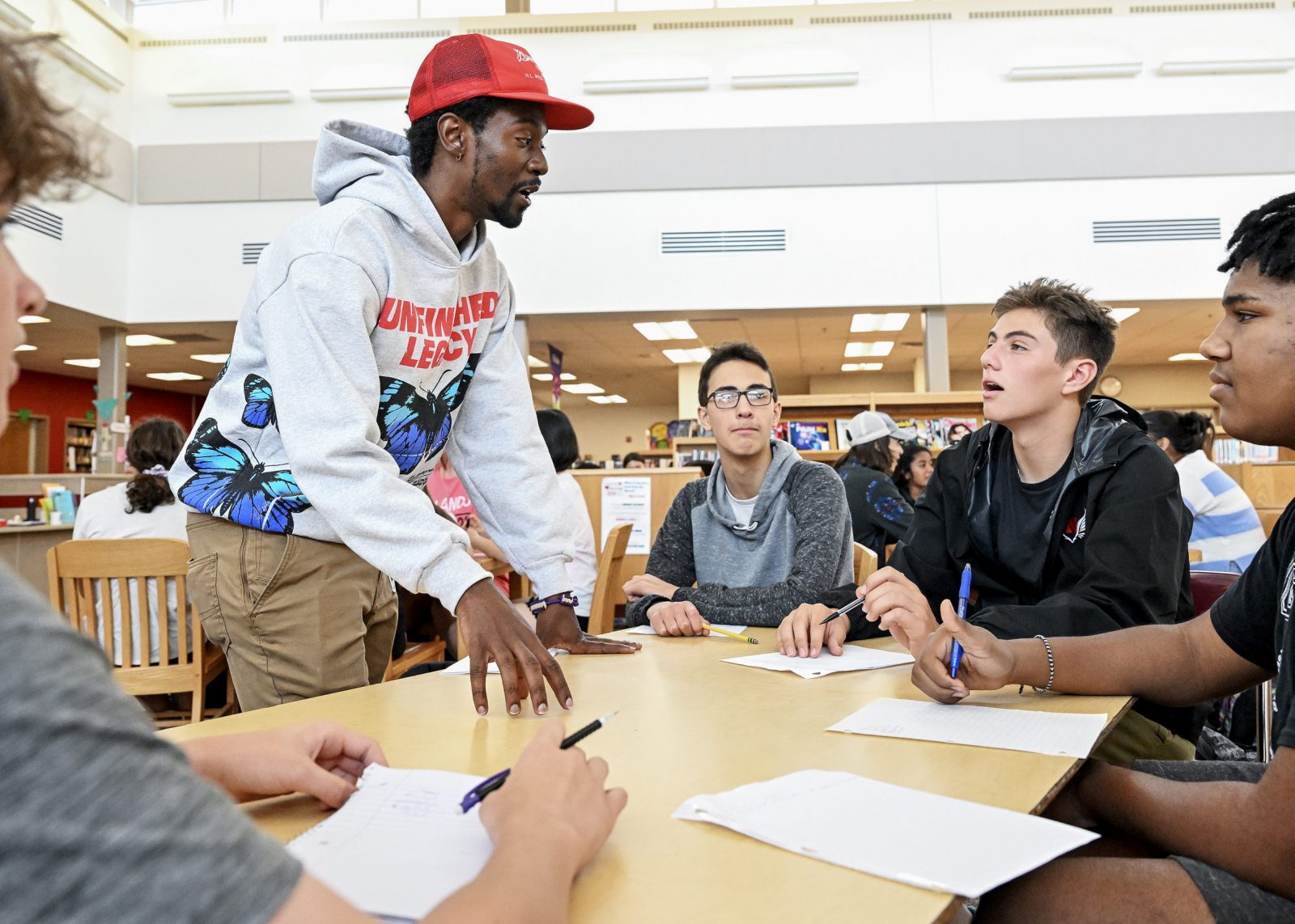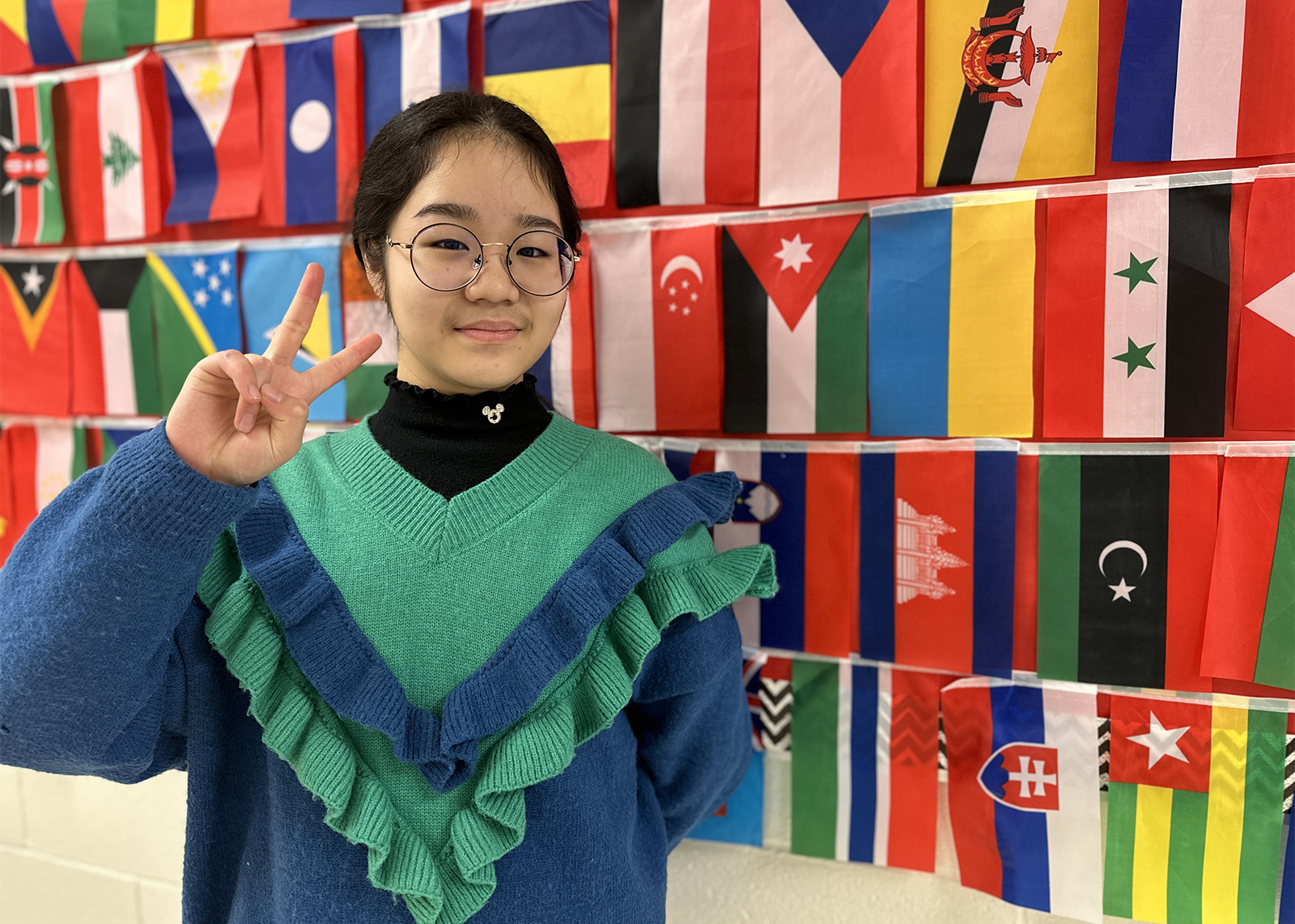Equity Statement of Commitment: #24United
The Niskayuna Central School District stands together with the 24 school districts that comprise the Capital Region BOCES region in our shared responsibility to provide a safe and inclusive learning environment for all students, particularly those who have been historically marginalized. It is our commitment that the diverse experiences and perspectives of our students, families and staff will be recognized, reflected and embraced in our educational institutions.
While our 24 school communities in the Capital Region each have a unique makeup, we all share one commonality: Our desire to provide an equitable educational experience that ensures opportunities and the necessary support for success for all students. It is our pledge to embrace the diverse experiences, values, beliefs, backgrounds and perspectives of our communities as we endeavor to prepare our students for the society they will encounter in life beyond our school systems.
Niskayuna Strategic Plan for Equity
Our district’s vision is to be an equitable community of lifelong learners. To achieve this, our Strategic Plan for Equity aims to implement policies and practices to ensure that all students are able to fully access educational experiences and services in our schools, regardless of their background.
Our schools cultivate the unique gifts of every student and ensure that all students feel valued, safe and welcome. Through building authentic relationships with students and families, our faculty, staff and administrators embrace the unique perspectives and contributions of all in our community. By preparing Niskayuna students to become responsible citizens who advocate for equity and justice, we are equipping them to succeed in the wider world.
The Strategic Plan for Equity identifies four major goal areas around which our work is focused:
- Professional Learning
The district is committed to providing continuous learning opportunities for faculty and staff at all levels focused on diversity, equity and inclusion. - Bias Response and a Welcoming and Inclusive School Climate
We strive to create a welcoming and supportive environment for everyone. The district’s discrimination and harassment reporting form and bias response protocols are important tools to foster an environment free from discrimination and harassment for all students and staff members. - Anti-Bias Recruitment, Hiring and Retention Practices
We have examined and are continuously refining our recruitment and hiring practices to ensure that our workforce is as diverse as the Niskayuna community. - Inclusive and Anti-Racist Curriculum and Instruction
Students learn best in a safe, supportive environment that respects and reflects their background and experiences. To support this goal, we’re:- Reviewing and updating curriculum and materials using the NYSED Culturally Responsive and Sustaining Education Framework and other research-based practices for achieving equity.
- Prioritizing social and emotional learning and implementing restorative practices
- Building the capacity of leadership and educators to be culturally responsive practitioners
Focus on a Diverse Workforce
Research shows that having teachers of color enhances the learning experience for all students: They are more likely to see the potential of Black and brown students and serve as mentors and role models for them. Interacting with a diverse set of adults better prepares all students to be part of a diverse workforce and society.
Equity in Action at a Glance
The district is continuously improving our approach to diversity, equity, inclusion and belonging. Fostering a safe, diverse school environment has been a focus of the district’s strategic planning, the development of curriculum and instructional approaches and professional learning through the years. Some of the steps we have taken in recent years are highlighted below.
2015
-
- Formation of community-based Environment and Culture Advisory Council to develop and guide an action plan to address, a variety of factors related to school culture and the well-being of students.
- Beginning in 2015, junior and senior classes have had representation on the Board of Education. They share updates from the Student Body as part of the agenda for each meeting and offer insight into BOE discussion and deliberations.
- Beginning in 2014-15, student leaders have held monthly forums for students to share their thoughts on a variety of issues with high school and district administrators and Board of Education members in attendance. Topics discussed have included: School safety, diversity, school climate, vaping, food services, recycling and sustainability, and more.
2016
-
- The district began to develop Diversity Goals through the Environment and Culture Advisory Council.
2017
-
- The district engaged a consultant, EquiVisible Inc., to help develop an action plan to meet the Diversity Goals. EquiVisible’s Dr. Marguerite Vanden Wyngaard began working with a subcommittee of ECAC and provided training to the Board of Education and Leadership Team.
2018
-
- A Student Voice Video Project examined bias and privilege and listened to student experiences around school climate and culture.
- >During 2018-19, a team of middle school administrators and teachers developed Code of Conduct revisions that incorporated restorative practices that were part of the subsequent year’s Code. In December 2019, a team of administrators and teachers participated in a training on restorative practices, including the use of restorative circle conversations.
2019
-
- District created the Office of Equity and the Chief Equity Officer role was added to the district’s leadership team. The role involves working collaboratively with stakeholders to implement policies and best practices related to diversity, equity and inclusion, including in the areas of professional learning and staff recruitment, hiring, and retention. The Chief Equity Officer is a valuable resource for students, families and staff in this area that is an important part of our strategic plan.
2020
-
- Board of Education policies on Equity in Education and Anti-Racism were adopted.
- Anti-bias training built into the employee recruitment and selection process.
- District calendar incorporates interfaith and cultural calendars.
- New discrimination and harassment reporting form and bias response protocols.
- In the 2020-21 school year, we combined our elementary, middle and high school Codes of Conduct into one consistent district Code of Conduct. The following served as guiding principals: social emotional learning, restorative practices, Diversity, Equity Inclusion and Belonging (DEIB) and student engagement.
- Teams at each school completed the Generation Ready Equity Institute.
- The Schenequity Student Equity Project included facilitated conversations around race and redlining and included a school exchange between Niskayuna High School and Schenectady High School students.
2021
-
- A Strategic Plan for Equity Team involving stakeholders from across the school community outlined a plan that has four major areas of focus: Bias Response & an Inclusive & Welcoming School Climate; Professional Learning; Inclusive & Anti-Racist Curriculum and Instruction; and Anti-Bias Recruitment, Hiring & Retention Practices.
- 2021-22 Superintendent’s Conference Days focused on culturally responsive education.
- We began professional learning for all district employees (including on terminology/concepts such as identity, bias, privilege, anti-racism, and social construct, a welcoming and affirming community).
2022
-
- Faculty, district leadership, community members, and board of education officers participated in a district-wide book study of “Culturally Responsive Teaching and the Brain” by Zaretta Hammond.
- Elementary teachers and administrators worked together over three years to develop an updated report card for K-5 designed to help families reflect on the teaching and learning happening inside classrooms. It focuses on showing growth towards the end-of-year grade-level skills and knowledge. Niskayuna’s new Standards Based Report Card were introduced in the fall of 2022.
- Expanded outreach to different regions, organizations, and within our own community with the aim of recruiting a more diverse school district workforce.
- Made use of federal grant funding in the 2022-23 school year to create a teacher on special assignment position focused on supporting high school teachers in developing and implementing culturally responsive and sustaining curriculum and instructional approaches.
- Made use of federal grant funding in the 2022-23 school year to create a teacher on special assignment position to support faculty at the elementary level in implementing social-emotional learning practices and approaches. This position was made permanent for the 2023-24 school year.
- High school English Department undertook a staff development and curriculum review process to embed culturally responsive and sustainable practices into their curriculum.
2023
-
- District-wide School Climate Survey administered to measure progress towards goals in fostering an equitable educational experience and positive school climate.
- District leadership presented an equity workshop to members of the Parent-Teacher Organization Council.
- The district facilitated student participation in the Elevating Student Voices program, hosted by Capital Region BOCES. The program offers opportunities for young people from across the Capital Region to engage in constructive and open dialogue about their diverse life experiences in their schools and communities and take a deeper dive into issues that are important to them.
- District leadership team began a book study of “Grading for Equity” by Joe Feldman. The book explores strategies for closing opportunity gaps for students with access to fewer resources.



